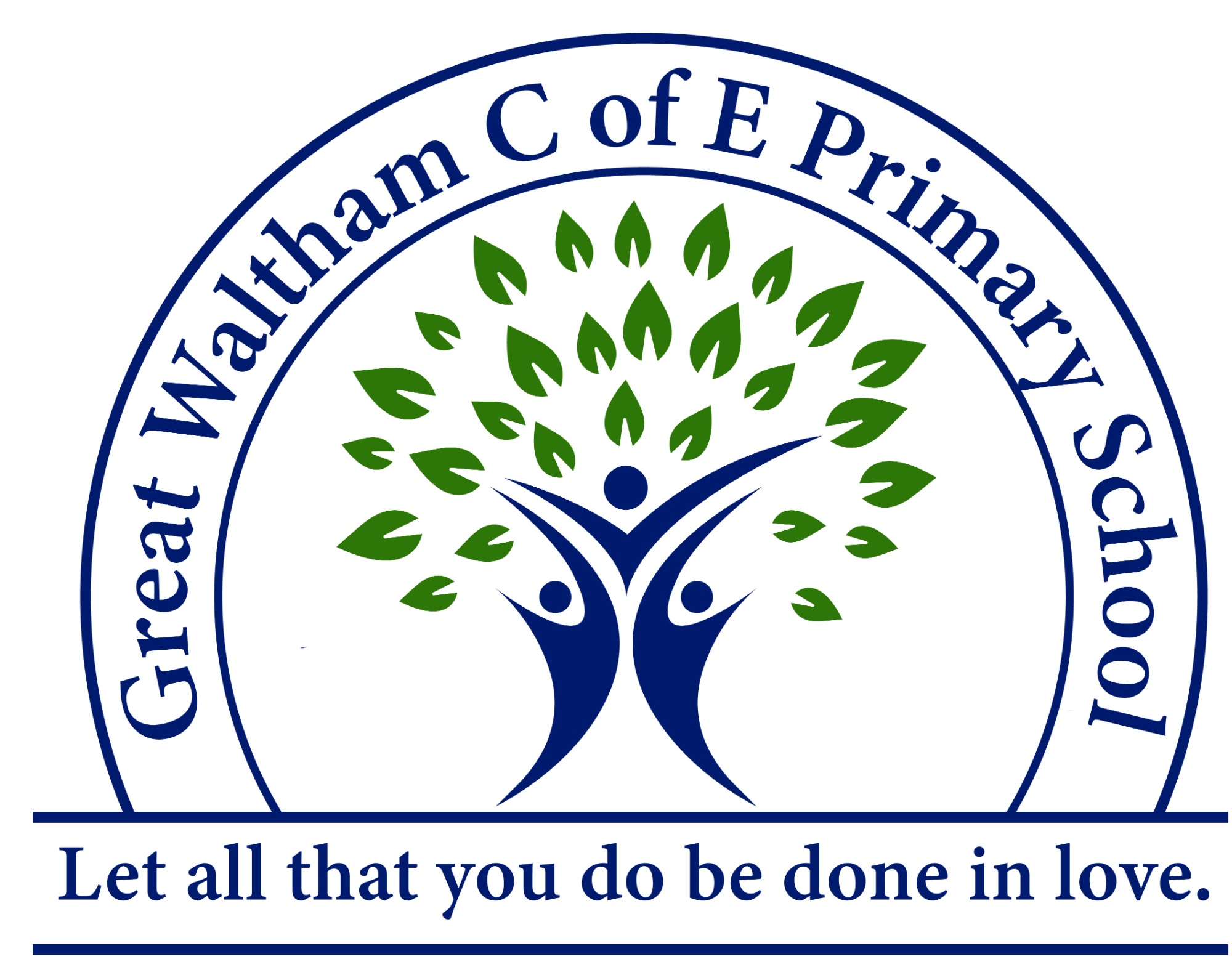English
Our English curriculum is progressive, dynamic, engaging and challenging. It enables all our pupils to be the best that they can be.
Our EYFS curriculum
Our teaching follows the expectations set out in the ‘Statutory Framework for the Early Years Foundation Stage'. The teaching in our EYFS class ensures a secure foundation of learning for the children which securely begins their journey of learning from EYFS to year 6. Lessons provide clear learning and development opportunities for each child, accounting for the fact that each child learns and develops at different rates.
Lessons in EYFS have a high emphasis on reading frequently to children, and engaging them actively in stories, non-fiction, rhymes and poems, and then providing them with extensive opportunities to use and embed new vocabulary in a range of contexts.
Key Stage 1
Our KS1 English curriculum is based upon the National Curriculum, but we have adapted and enhanced it to make our teaching and learning cross-curricular, inspiring, creative and fun.
Our phonics, reading, spelling and writing all have an equal level of priority in the teaching of English in Key Stage One. Children are taught phonics through dedicated daily sessions throughout the week. We follow the Anima phonics scheme and work through the six phases at an appropriate pace.
Phonics
We follow the Anima Phonics Scheme.
Please see below for our teaching sequence and welcome letter for parents.
Key Stage 2
Our Key Stage Two English curriculum is based upon the National Curriculum and aims to promote a love of language and literacy that children take forward with them in their journey through school and into adult life. Much of the teaching is based on cross curricular teaching.
Reading
We aim for our pupils to have a secure knowledge of comprehension and word reading. The children have weekly taught comprehension lessons through high quality text and discussion with adults and peers. All pupils are encouraged to read widely for pleasure as well as a means of boosting their learning and subject knowledge.
Writing
Writing is taught in discreet English lessons and within a cross curricular context. Children have opportunities to write for a range of purposes and audiences. The children are taught about effective composition involving the communication of ideas, and then organising them coherently for a reader.
